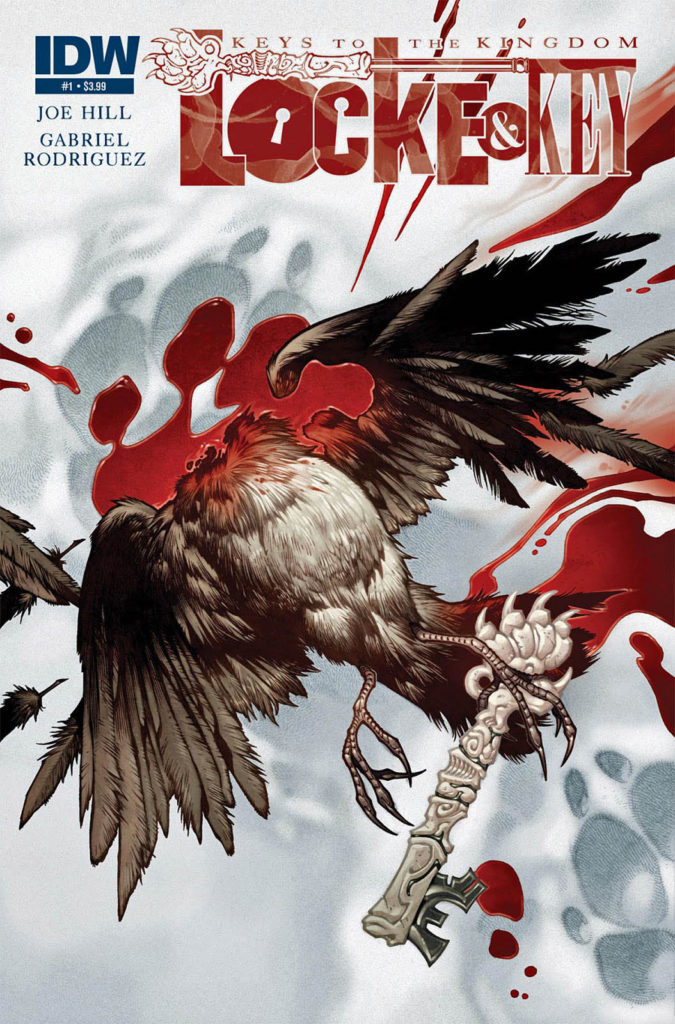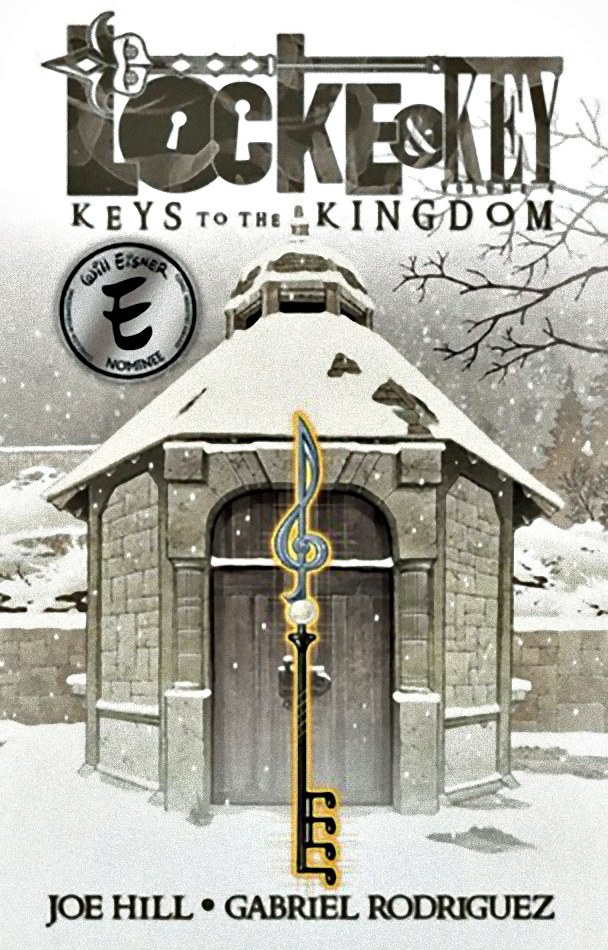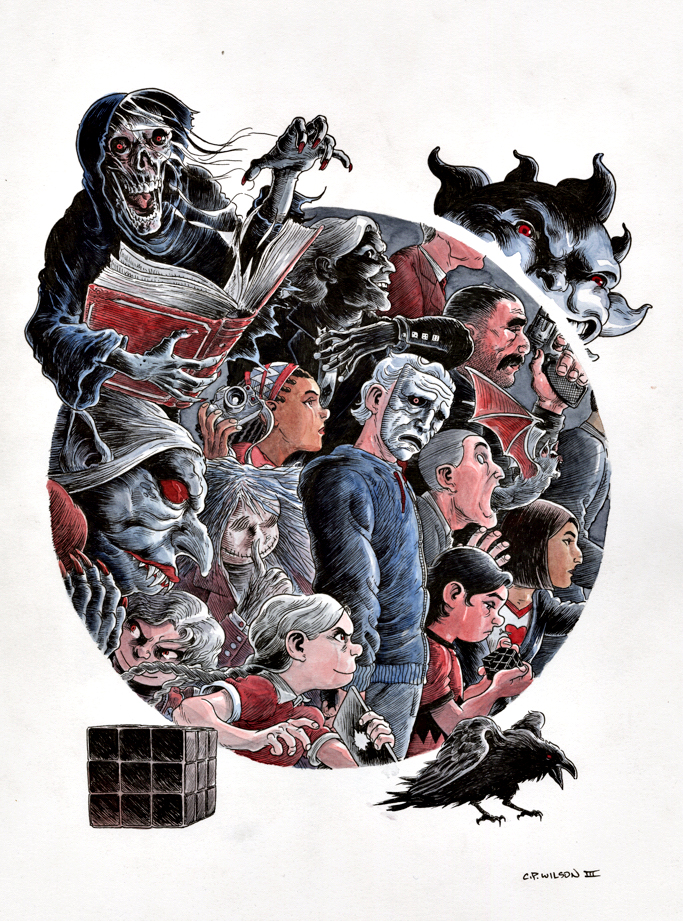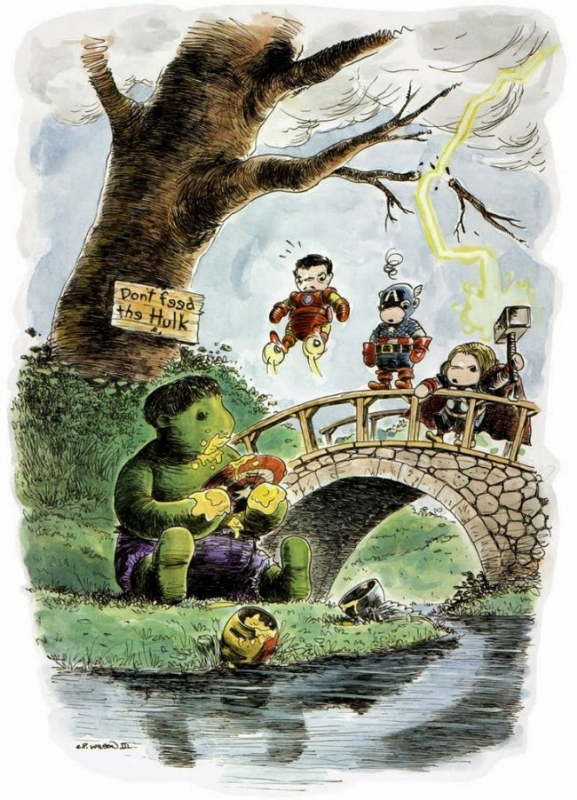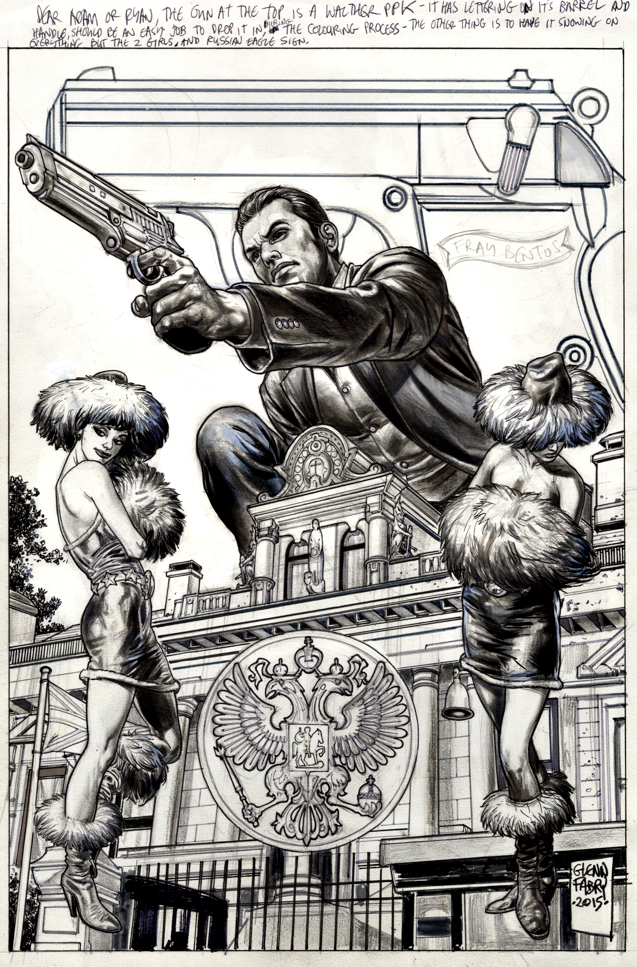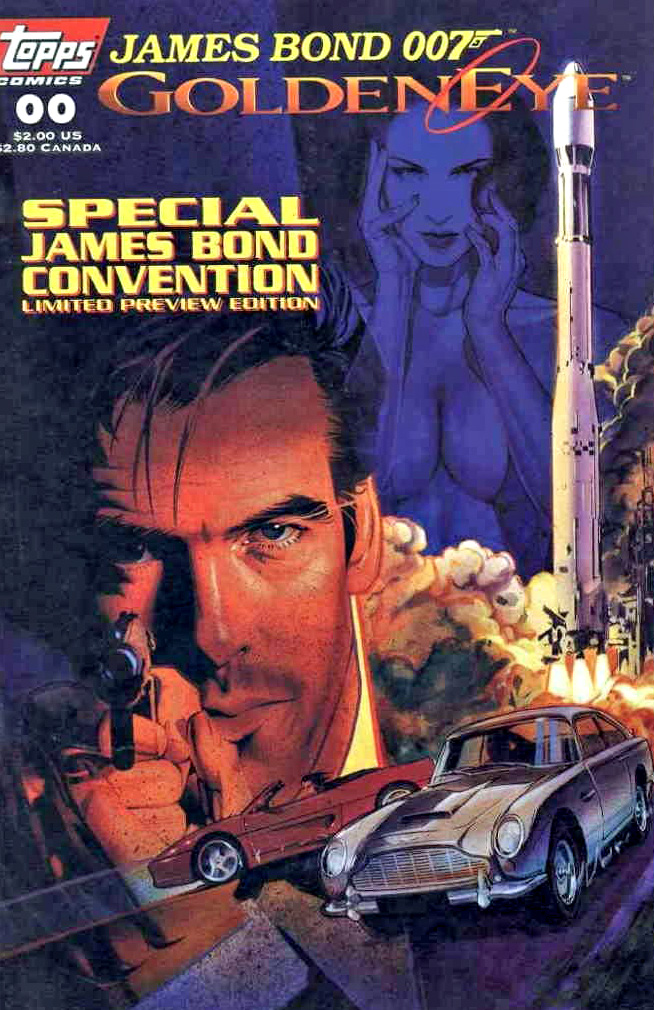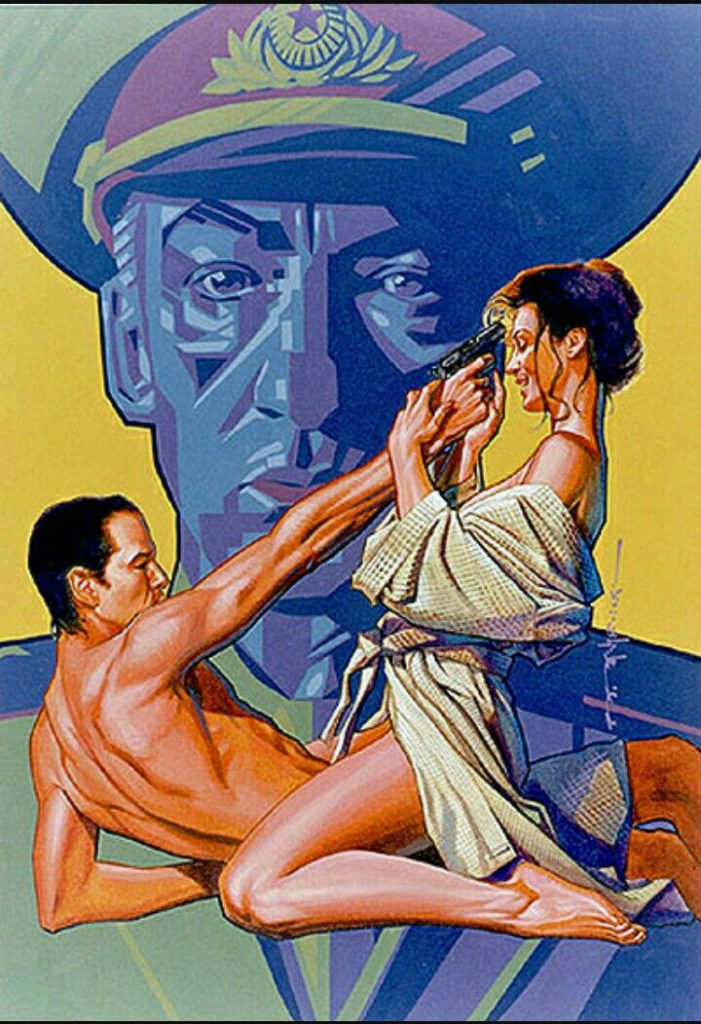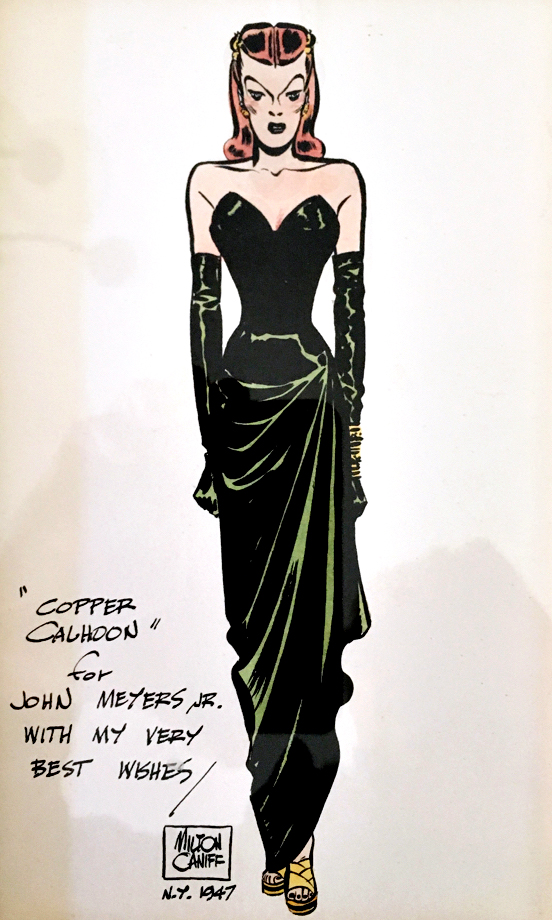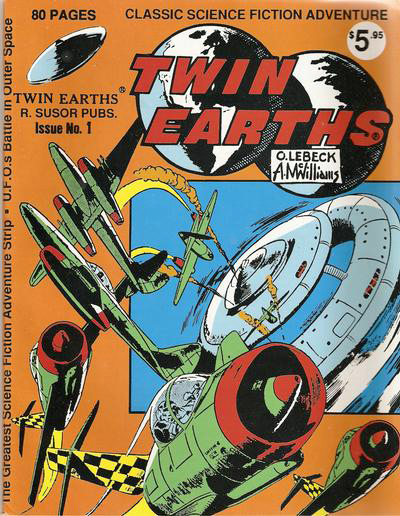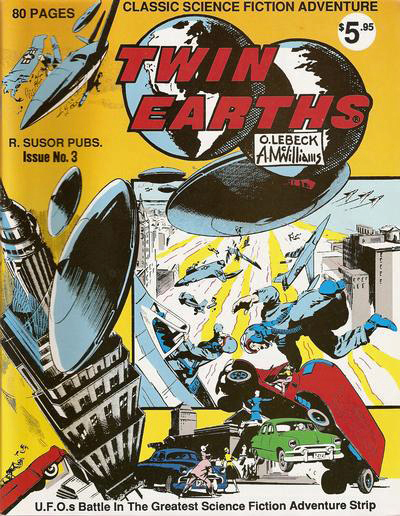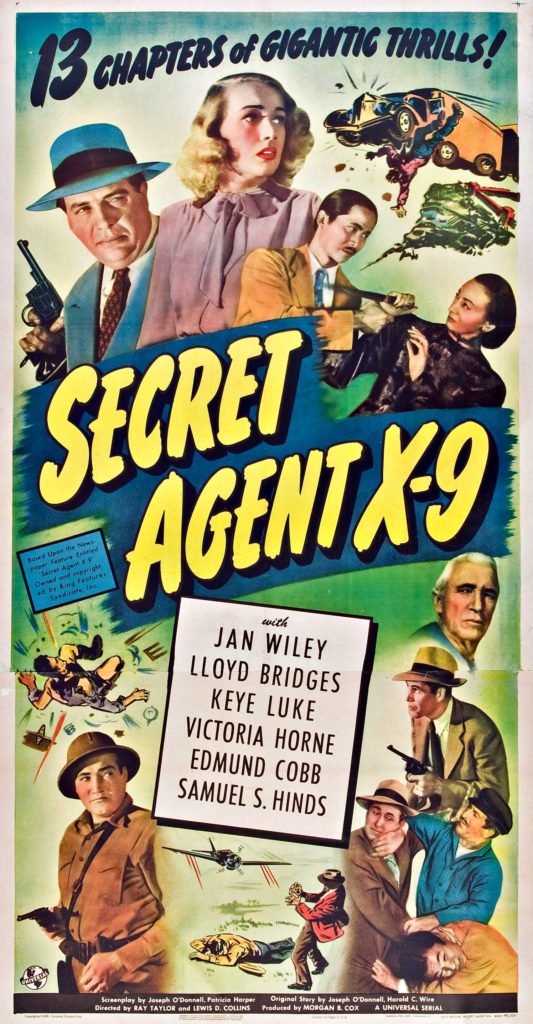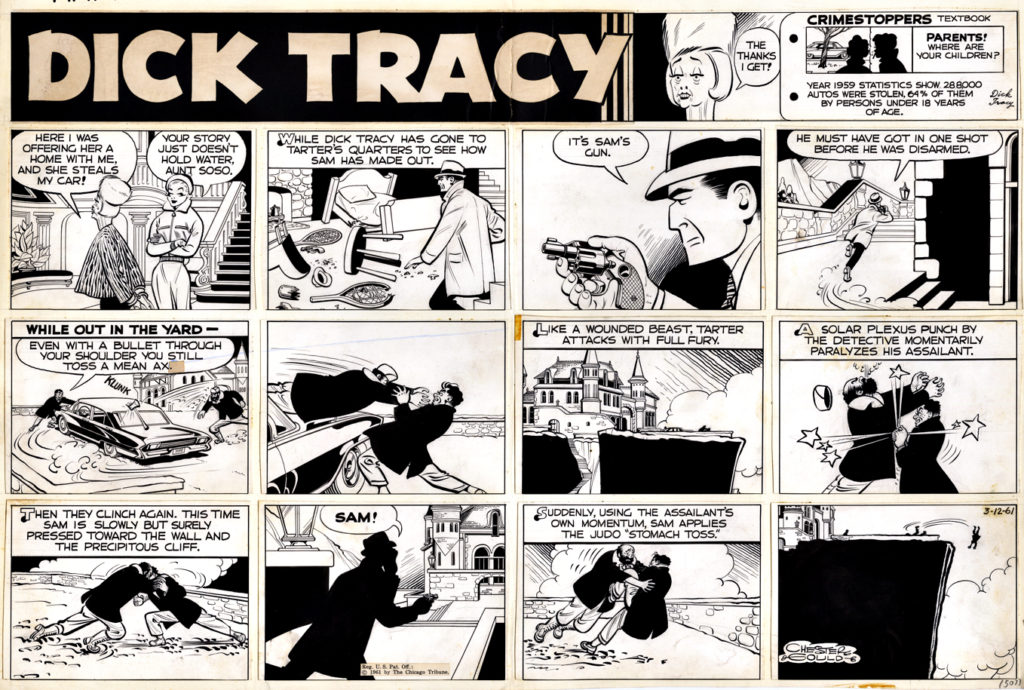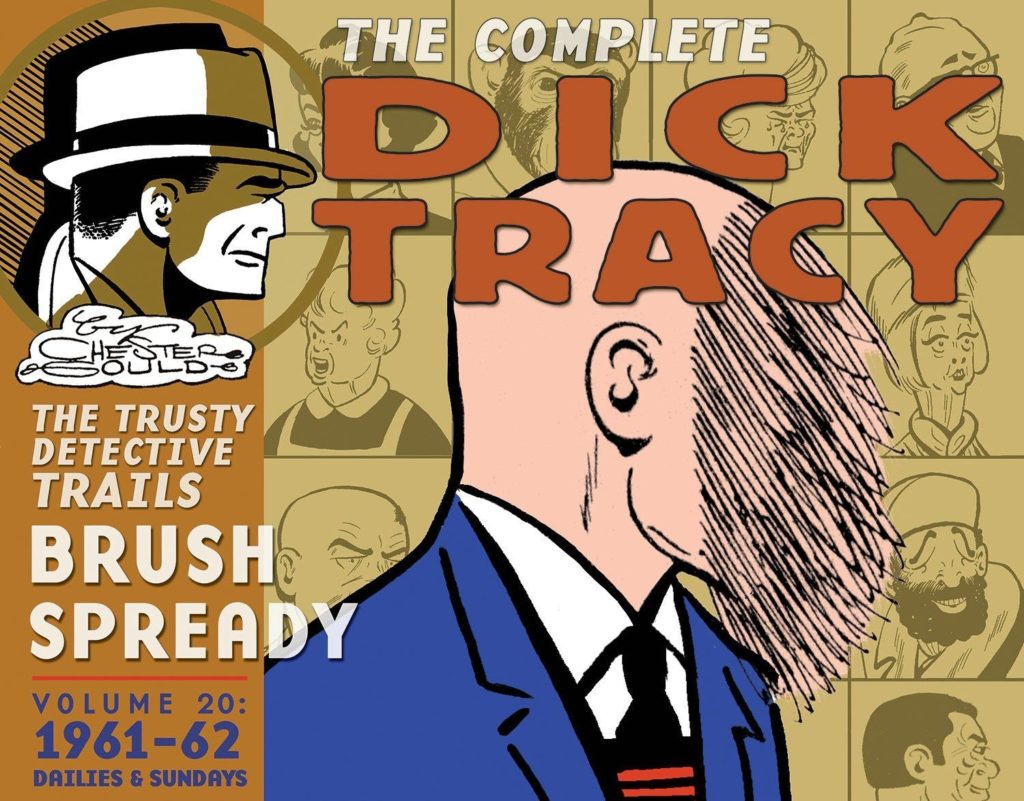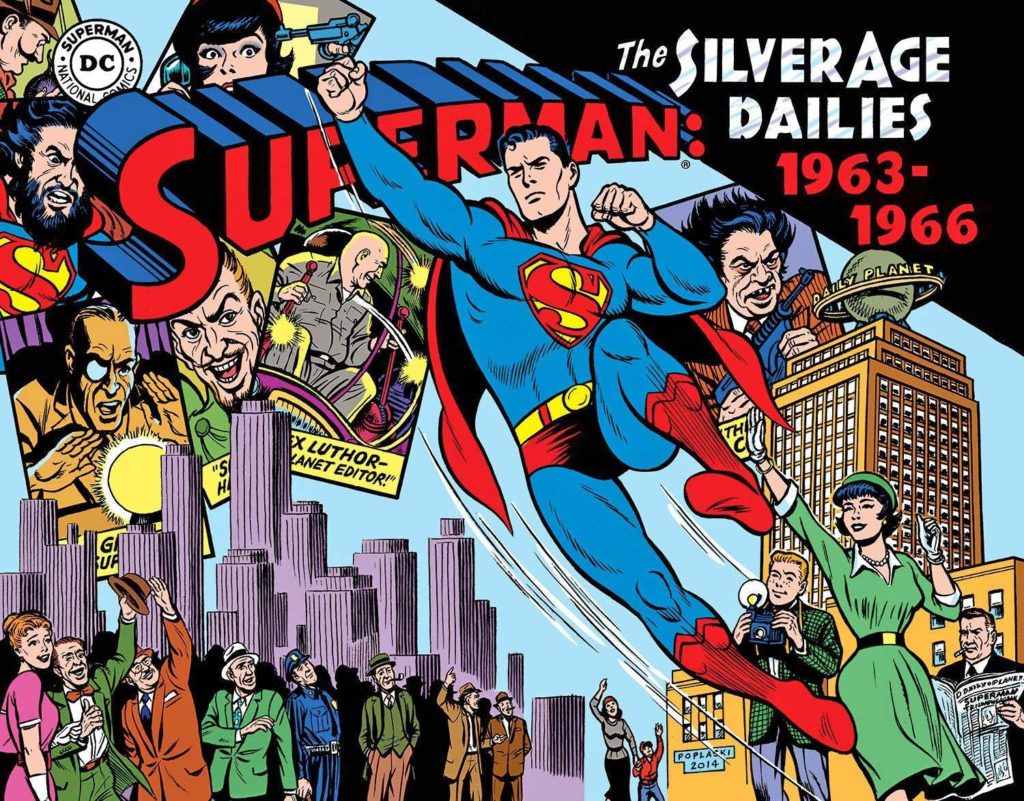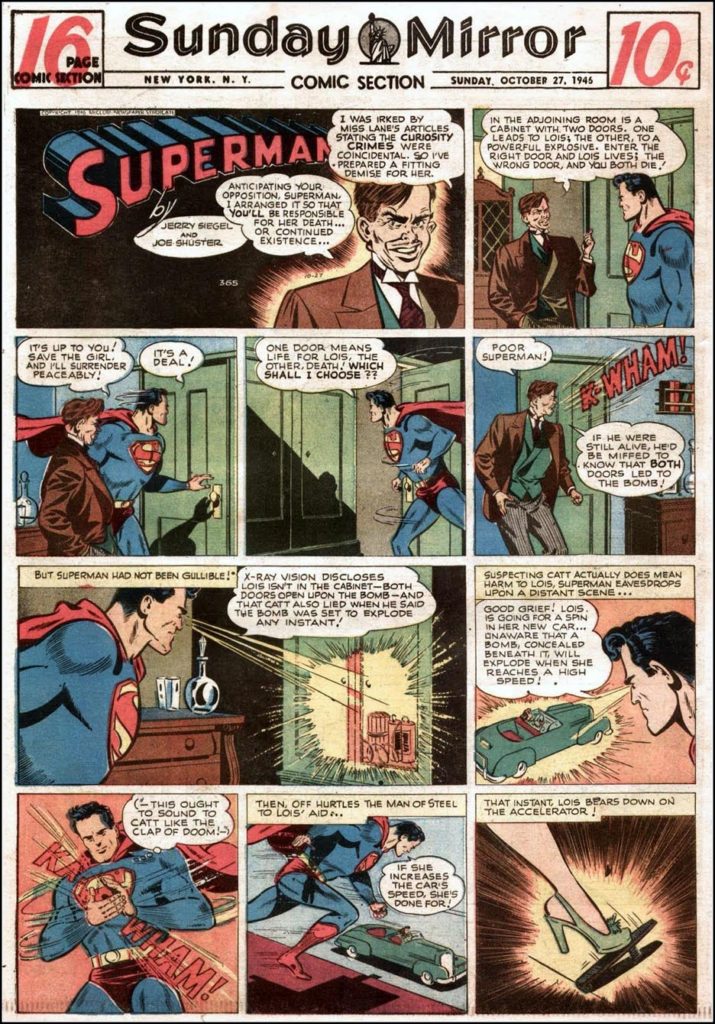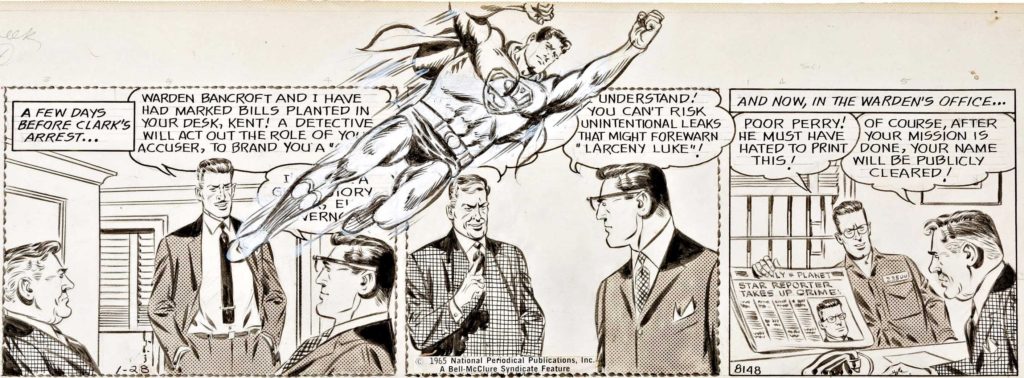Gabriel Rodriguez — Supernatural Talent
Locke and Key: Keys To The Kingdom #1, August 2010
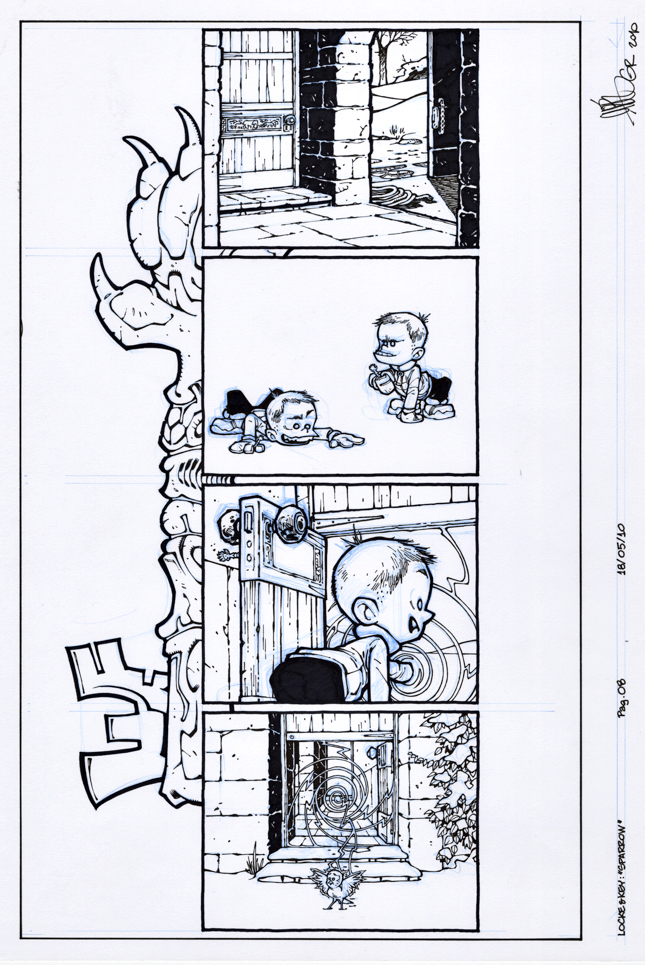
Locke and Key has returned with a second season on Netflix this past week, and I’m looking forward to catching up to it shortly. As we wrote about previously, it was a long and tortuous road to get here, and I’m glad that the show performed well enough to get picked up for additional seasons.
Regardless, in this case at least, the graphic novel will never be improved upon by another medium and it remains one of IDW Publishing’s greatest achievements.
This cool page has Bode dealing with his transformation into a character that looks a bit like Calvin from the classic Calvin and Hobbes comic strip. Too much like Calvin in the original pencils, if I recall correctly.
But I digress.
Some of the page was created and edited digitally (see below) so the original art is clean and lean — and captures Gabe’s terrific storytelling and draftsmanship that makes the story so compelling.



